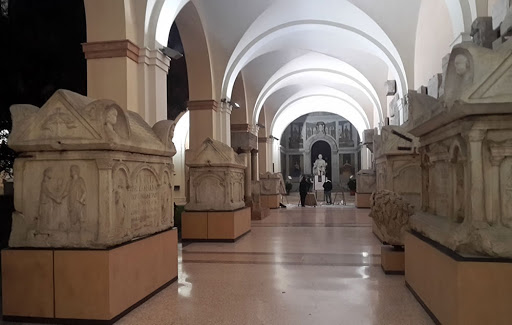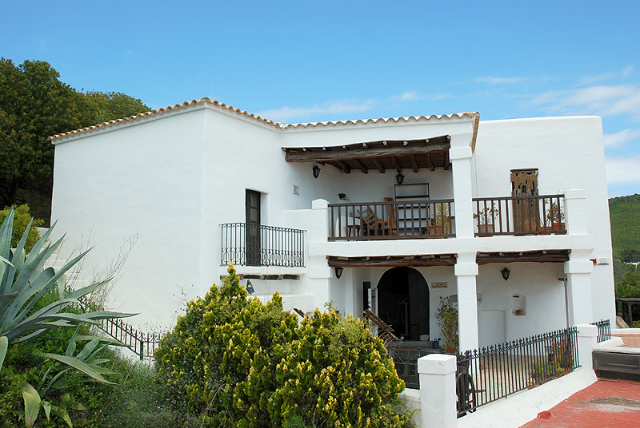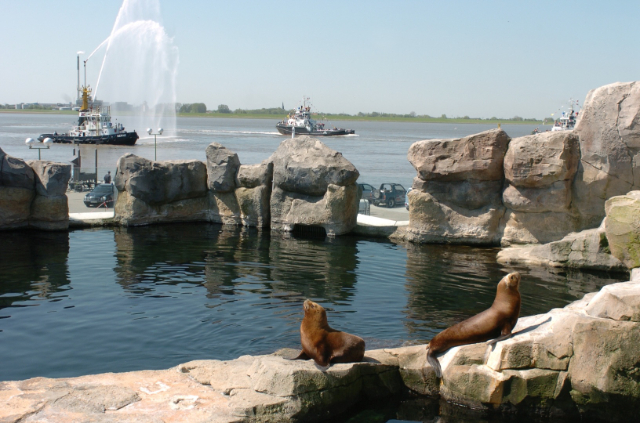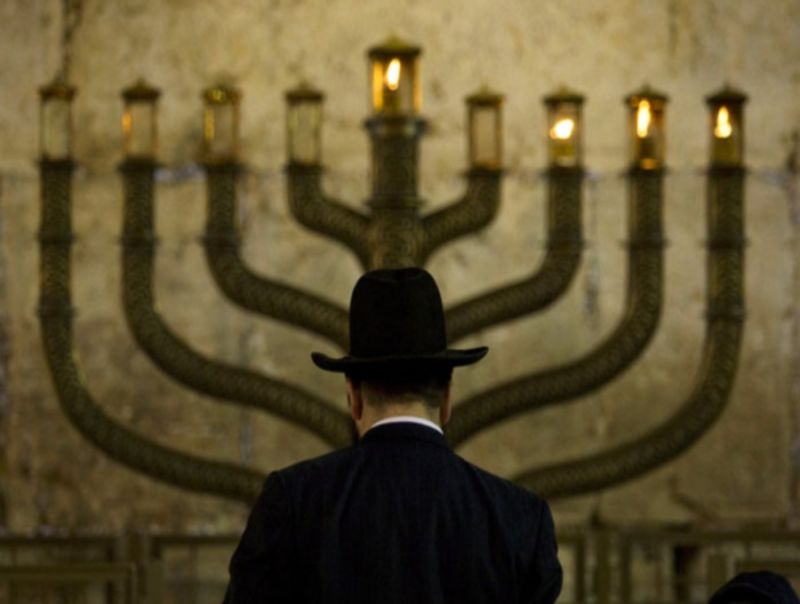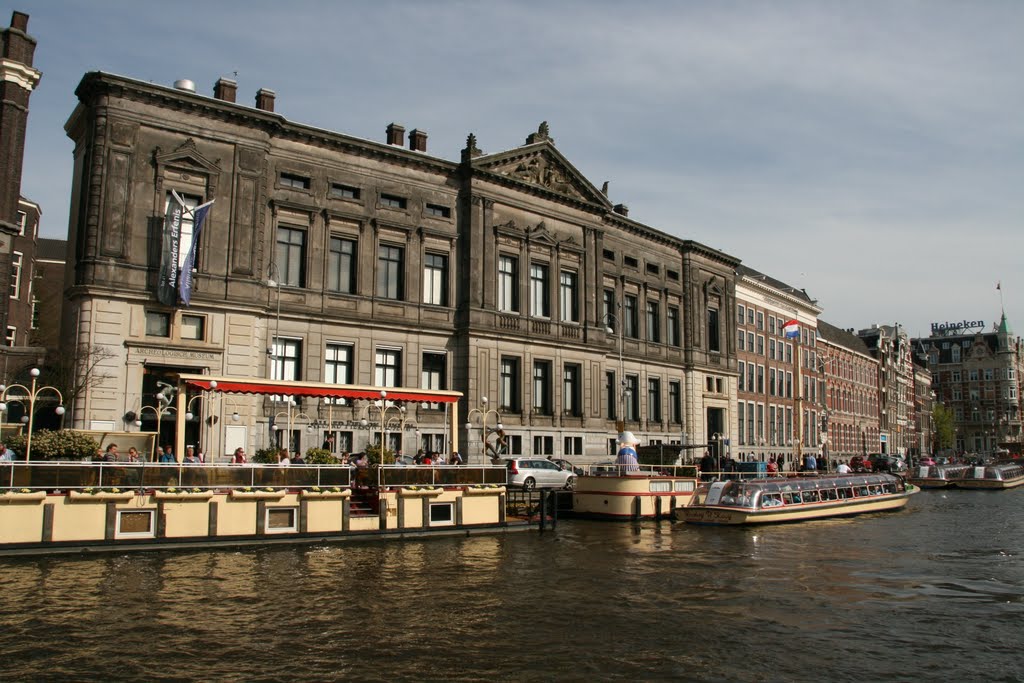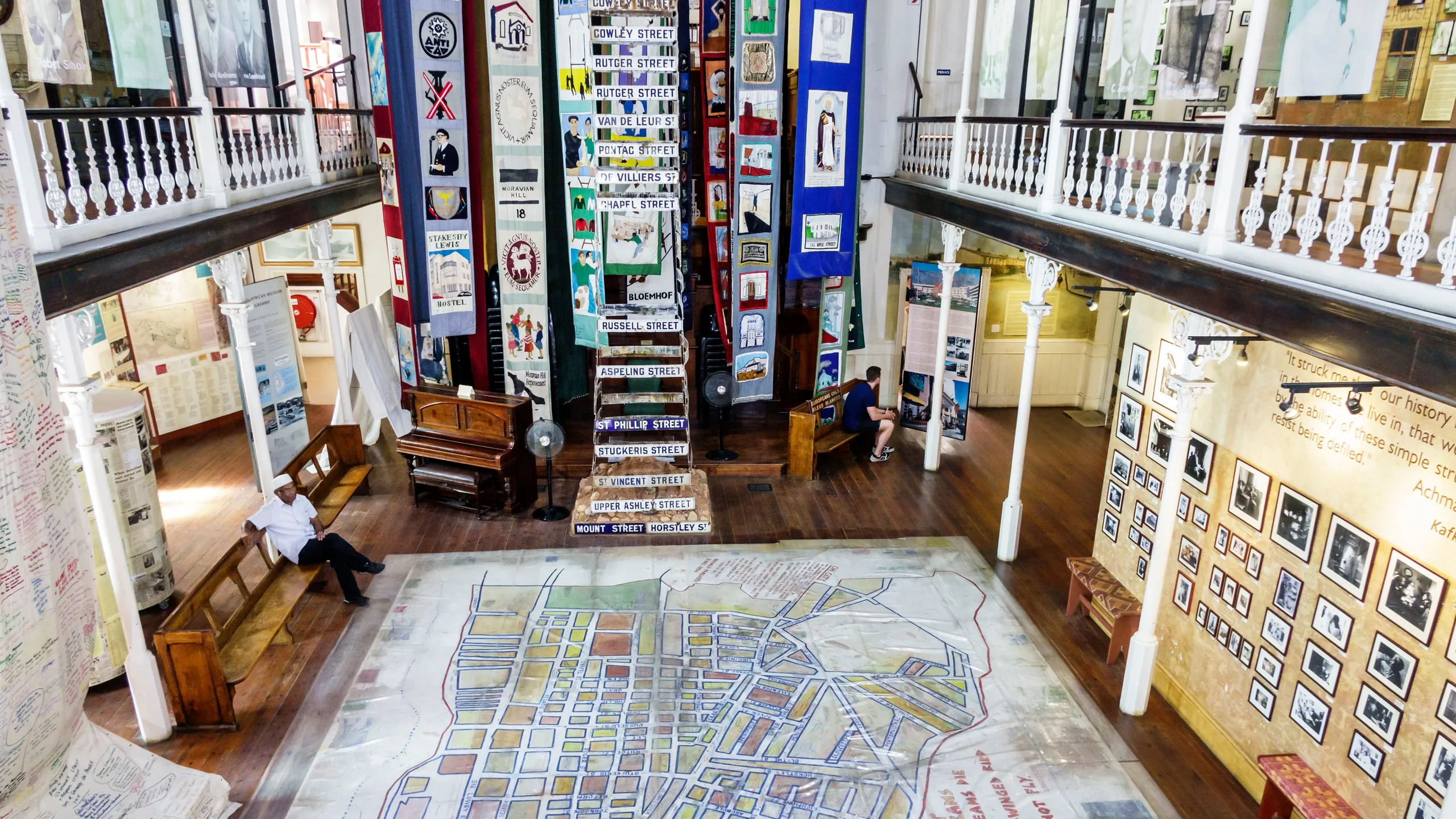The Museo Lapidario Estense is the first public museum established in Modena. Its foundation is due to Duke Francesco IV of Austria-Este, who on March 31, 1828 decreed its birth with the name of Museo Lapidario Modenese. It was inspired by illustrious examples such as the Museo Lapidario Maffeiano in Verona (1738), or the Galleria Lapidaria in the Chiaramonti Museum in the Vatican (1800-1823), but with a peculiar civic vocation aimed at glorifying the illustrious past of the city since its origins as a Roman colony of Mutina.
The initial nucleus consisted of some pieces already preserved in the Ducal Palace of Modena, acquired by the Este from other antique collections or as excavation finds from the ducal territories of Brescello and Novellara. From the very beginning the citizens, starting with representatives of the clergy and nobility, undertook to donate materials belonging to them and to finance the museum, which in the space of a couple of years underwent a significant expansion, certified by the two commemorative epigraphs of its benefactors (of 1828 and 1830) still preserved today. The scientific catalogue published in 1830 by its first director, Carlo Malmusi, set out the guiding principles of the institution: "to serve archaeology", "to commemorate illustrious ancestors" and "to study the progress of local sculpture". In addition to the finds of the Roman age, it immediately welcomed memories and burial arches that for centuries, until the late seventeenth century, had been placed on the churchyard near the southern side of the Cathedral or other sacred buildings of Modena and Reggio Emilia: a practice that had already emerged in protohumanistic times, on the basis of nearby Bologna, in memory of those citizens who had distinguished themselves primarily in the field of law and medicine.
After the Unification of Italy the Lapidary Museum acquired new spaces under the direction of Arsenio Crespellani, author of a new catalogue in 1897. The last museographic order was that of Cesare Giorgi in 1938, recovered with the careful restoration work of the end of the last century.
